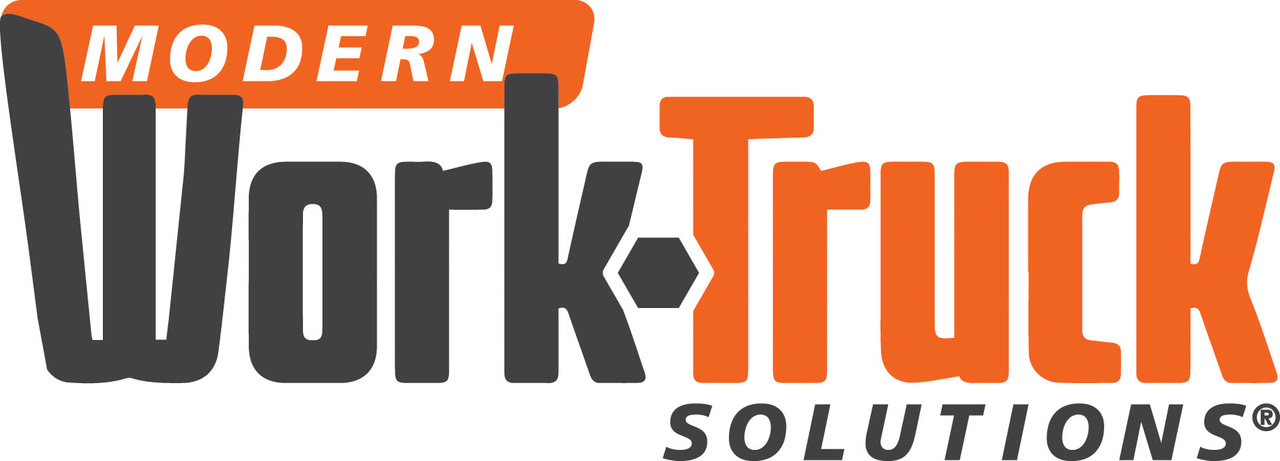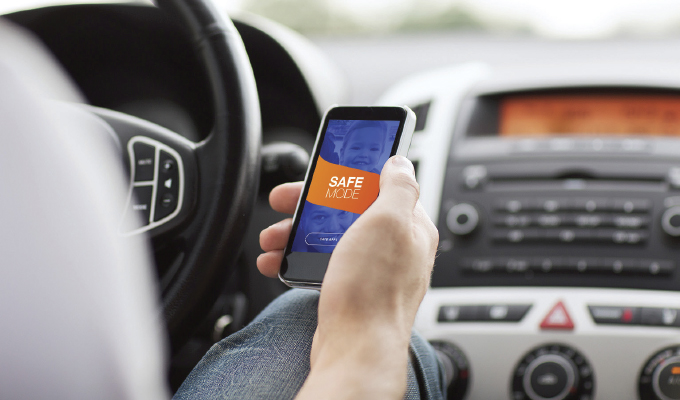For fleet managers, mobile phone distraction has been a top safety concern for years. The National Safety Council (NSC) ranks distraction as one of the leading causes of preventable crashes on U.S. roads every year. Many companies have tackled it with strong policies banning handheld calls and texting, while rolling out Bluetooth headsets and hands-free systems to keep drivers’ eyes forward and hands on the wheel.
Yet distraction-related crashes continue to hit fleets hard. Why?
While many companies focus on calls and texts, the real threat in 2025 is often overlooked, high-risk mobile apps designed to steal drivers’ attention.
THE OVERLOOKED DANGER
Picture this. A driver idling at a red light, bored, flicks open TikTok “just for a second.” The light turns green, they are still watching. Or they scroll Instagram in stop-and-go traffic. A minute later, that “quick check” can easily turn into five seconds of eyes off the road, which at 50 mph means a truck travels the length of a football field blind.
These moments do not just happen — they are engineered. Social media and streaming apps deploy powerful algorithms and endless feeds to hook users. The Pew Research Center reports that the average U.S. adult now spends about two hours and 31 minutes daily on social media alone.
These “harmless” seconds behind the wheel can add up to devastating consequences when a truck’s size and stopping distance come into play.
THE SCIENCE: WHY APPS ARE SO ADDICTIVE
Distracted driving is not new, but the mechanics behind it have changed. Today’s most popular apps are built to hijack attention with notifications, autoplay, and infinite scroll.
It is not just teenage drivers. Too often, experienced fleet drivers fall victim to these designs. Long waits at job sites, boredom on the road, or stoplight lulls create perfect moments for a “quick scroll.” The AAA Foundation for Traffic Safety confirms that mobile phone use quadruples crash risk, and high-engagement apps like video streaming or social media can be even more dangerous because they demand constant visual and mental focus.
WHY STANDARD POLICIES OFTEN FALL SHORT
Most fleet managers have clear policies about handheld calls and texting. However, in many driver handbooks, social media, and entertainment apps are not even mentioned.
The assumption is that drivers know better. However, with algorithms pushing notifications 24/7, it is easy for anyone to slip. A driver might think, “I’m only checking while stopped.” Unfortunately, the distraction does not magically disappear when the truck starts moving again.
To make matters worse, standard monitoring tools like dashcams and telematics only help spot risky phone use after the fact. By the time an incident is flagged, the damage — a near miss, a crash, an insurance claim — is already done.
COST OF LOOKING AWAY
The true price of distraction goes far beyond a cracked bumper. The NSC estimates the average cost of a fleet crash involving injuries exceeds $70,000, and major collisions with large trucks can bring multi-million-dollar settlements. Add downtime, rising insurance premiums, and potential reputational damage, and even a “harmless” app scroll can put a dent in a company’s bottom line.
A BETTER WAY: ACTIVE, TARGETED PREVENTION
How do leading fleets tackle the real enemy? They do not settle for partial solutions. They layer policies, training, and technology together, and they recognize not all phone use is equal.
1) Allow what is needed — block what is risky
Drivers still need phones for vital tasks: calls with dispatch, GPS navigation, and emergency updates. Smart fleets do not ban these – they make sure only the right phone functions are available when the wheels are turning.
2) Update and enforce clear policies
Modern fleet handbooks must go beyond “no handheld calls or texting.” They should directly address social media, video streaming, games, and other non-essential apps. Make it clear that non-critical app use is not allowed when the vehicle is in motion, with consistent enforcement.
3) Add technology that closes the loophole
Even the best policies rely on people making the right choice every time. However, as every fleet manager knows, human nature is tricky. This is where proactive safety technology — tools that automatically block access to distracting apps when the truck is moving — can help close the gap. The Insurance Institute for Highway Safety (IIHS) and the Federal Motor Carrier Safety Administration (FMCSA) both encourage layered solutions that combine policy, training, and tech.
BENEFITS THAT GO BEYOND SAFETY
Fleets that control high-risk phone use do not just reduce crashes — they gain measurable business benefits:
- Fewer collisions mean lower insurance costs and deductibles.
- Less downtime keeps trucks earning money on the road.
- A proven commitment to safety builds trust with customers, drivers, and insurers.
- The best part? Drivers keep the tools they need to work effectively — they just lose the distractions that do not belong behind the wheel.
TAKE THE FIRST STEP
Here is a quick checklist for fleet managers ready to tackle the real distraction risk:
Review your policy: Does it mention high-risk apps by name? If not, update it.
Train drivers: Explain why these apps are off-limits while moving — and share real-world consequences.
Use the right tools: Consider prevention tech that blocks distractions automatically but preserves calls and navigation.
Lead by example: Dispatchers and managers shouldn’t expect drivers to answer non-urgent calls while driving.
Drivers today rely on phones to do their jobs – and that is not going to change. The goal should not be to take away their lifeline, but to protect it by keeping distractions at bay.
Calls, maps, and mission-critical apps keep drivers productive. Endless social feeds and cat videos? Those can wait until the truck is parked.
In a world where every second of attention is for sale, fleets that manage high-risk phone use proactively will stay safer, more efficient, and ready for whatever the road brings next.
about the author
Yoav Zilber is the head of business development, USA, at SaverOne. Zilber has over 20 years of experience in international marketing, and business development with global experience. To learn more, visit www.saver.one.





